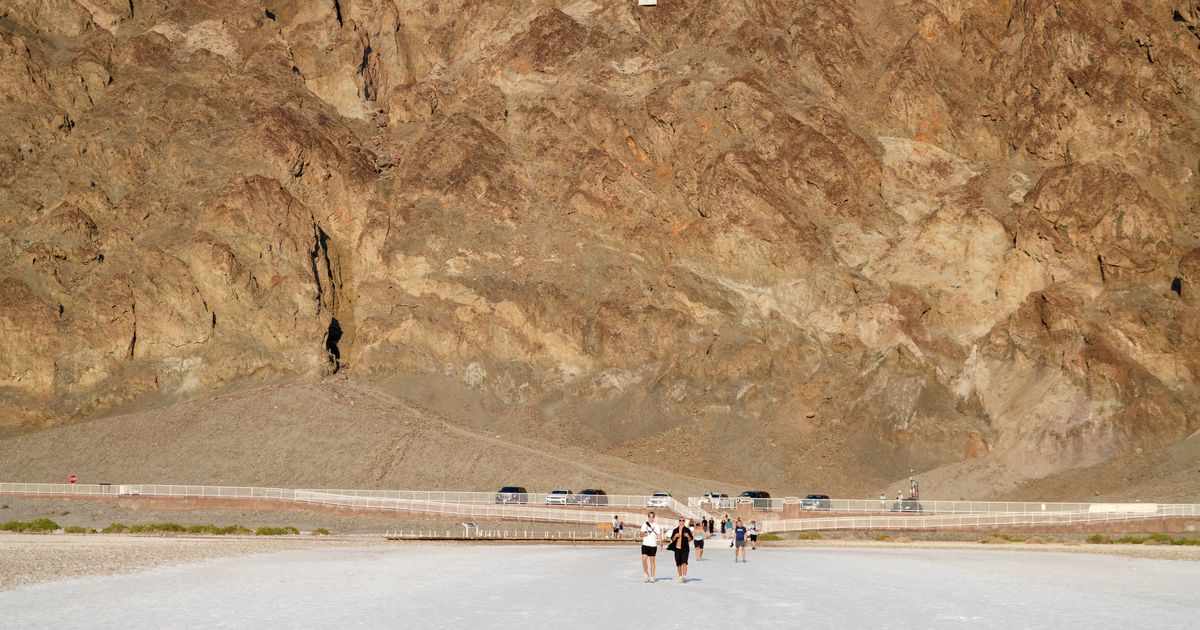Summer Blazes with Record-Breaking Heat: A Comprehensive Guide
The world endures its relentless twelfth month of unprecedented heat, with the scorching summer poised to rank among the most extreme on record.
Despite the Northern Hemisphere’s summer just commencing, scorching heatwaves have already gripped nations worldwide, including the United States, Mexico, Europe, the Middle East, and South Asia. These extreme temperatures have resulted in tragic consequences, including over a thousand fatalities, urgent health warnings, and school closures.
The Heat’s Peak: July’s Inferno
July, historically the year’s warmest month, has stood out this year. According to the UN’s World Meteorological Organization (WMO), July 2023 emerged as the hottest month ever recorded, likely the most searing for at least 120,000 years. 2023 is shaping up to be one of the most sweltering years to date.
Earth’s Axis: Tilting Towards Summer
Our planet’s axis tilts 23.5 degrees as it orbits the sun, causing varying sunlight intensities throughout the year, giving rise to seasons.
Astronomical summer commences on the summer solstice, occurring around June 20 or 21 in the Northern Hemisphere and December 21 or 22 in the Southern Hemisphere. On this day, the sun reaches its peak altitude at midday, resulting in the longest day and shortest night of the year.
The Tropic of Cancer, located 23.5 degrees north of the equator, receives the most direct sunlight, leading to blistering summers in regions like Mexico, the Bahamas, Egypt, Saudi Arabia, and India.
Summer in the North: A Solar Embrace
While half the Earth’s landmass experiences summer from June to September, approximately 90% of the global population resides in the Northern Hemisphere, where these months coincide with intense sunlight and extended daylight hours.
Near the Arctic Circle, the sun remains visible from late May to late July, a phenomenon known as the midnight sun. Conversely, during winter, these areas experience polar nights, when the sun remains below the horizon from late November to late January.
Afternoon’s Heat Peak: A Lagging Effect
During summer, the Earth’s surface, particularly vast water bodies like oceans, absorbs substantial solar energy. This heat then radiates into the surrounding air, elevating temperatures.
A time lag exists between heat absorption and release, known as seasonal lag. The Earth’s surface, especially large water bodies, requires time to absorb and subsequently release the sun’s heat. Consequently, the day’s peak temperature occurs in the afternoon, not at midday, and July typically records the highest average temperatures rather than June.
Cooling Strategies for Summer’s Heat
As summer’s relentless heat intensifies, staying cool becomes paramount. Fortunately, effective methods exist to mitigate the discomfort, regardless of access to air conditioning.
10 Tips to Beat the Heat:
1. Hydrate Regularly: Drink plenty of fluids, especially water, to replenish lost electrolytes and prevent dehydration.
2. Wear Loose, Light-Colored Clothing: Choose clothing that allows air circulation and reflects sunlight.
3. Seek Shade: Avoid prolonged exposure to direct sunlight, particularly during peak hours.
4. Take Cool Showers or Baths: Cool water helps lower body temperature.
5. Use Fans or Air Conditioning: Create airflow to circulate cool air and reduce heat buildup.
6. Avoid Strenuous Activities During Peak Heat: If possible, schedule outdoor activities during cooler morning or evening hours.
7. Wear a Wide-Brimmed Hat: Protect your head and face from direct sunlight.
8. Use Sunscreen: Apply sunscreen to exposed skin to prevent sunburn.
9. Eat Cooling Foods: Consume fruits and vegetables with high water content, such as watermelon and cucumber.
10. Monitor for Heat-Related Illnesses: Be aware of symptoms like heat exhaustion and heatstroke, and seek medical attention if necessary.



